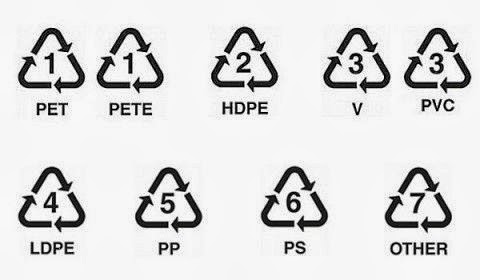Recommended articles: Financial Risk Management in Financial Markets
Today I share with you a series of articles published by VOX, CEPR Policy Portal between January 2 and 16 of this year dedicated to risk management in financial markets:
1. Credit cycles and asset returns. Investor experience and academic research since the Global Crisis reflects a growing realisation that credit conditions can affect future macroeconomic outcomes. This column investigates whether credit booms throughout history have had any explanatory power to account for future asset class returns. It finds that credit booms tend to systematically predict poor returns in the near future for equities in absolute terms, and relative to bonds. An investor who had tilted their portfolio allocations based on a credit boom signal would have been able to improve portfolio performance. The contribution of the credit boom signal is meaningful when compared to other well-established signals such as momentum and value.
Keywords: credit cycles, asset returns, investment performance
2. Stock market responses triggered by the US-China trade war. The US and China have been exchanging threats and imposing tariffs in a ‘trade war’ since early 2018. Sound statistical and holistic economic analysis of the trade dispute’s consequences is difficult due to data limitations. This column scrutinises global stock market responses to assess the effects of the trade war and finds that, on average, the US and Chinese tariffs have directly hurt targeted firms/sectors abroad as intended, but they have also hurt firms at home. It also reveals unintended effects on third parties, mediated by global value chain interdependencies.
Keywords: US, China, US-China trade war, trade war, tariffs, global value chains
3. Benchmark interest rates when the government is risky. Benchmark interest rates, such as LIBOR or EFFR, not only serve as indicators of the monetary policy stance but also as reference rates for the multi-trillion interest rate derivatives and mortgage markets. Since the Global Crisis, these interest rates have followed a puzzling pattern relative to the US Treasury yields, known as negative swap rates. This column describes the pattern, explains why it is puzzling, and argues that the emergence of US default risk can naturally explain negative swap spreads.
Keywords: LIBOR, EFFR, benchmark interest rates, swap spreads, arbitrage
4. US monetary policy, international risk spillovers, and policy options. The question of how shifts in US monetary policy affect other nations is key to central bank policymaking around the world. This column combines a simple theoretical framework with macro data from 70+ countries and micro data from over a million non-financial firms in 43 of these countries to show that monetary policy spillovers from the US to the rest of the world operate through changes in risk premia, with emerging market economies most vulnerable. It also discusses the policy options available to countries to deal with the effects of these risk spillovers.
Keywords: US Monetary Policy, Risk Spillovers, Risk Premia, Emerging Market
5. PLUS: Ensuring the Benefits of Capital Flows in the Middle East (IMF Blog).
Keywords: portfolio flows, risk scenario, MENA



Comentarios